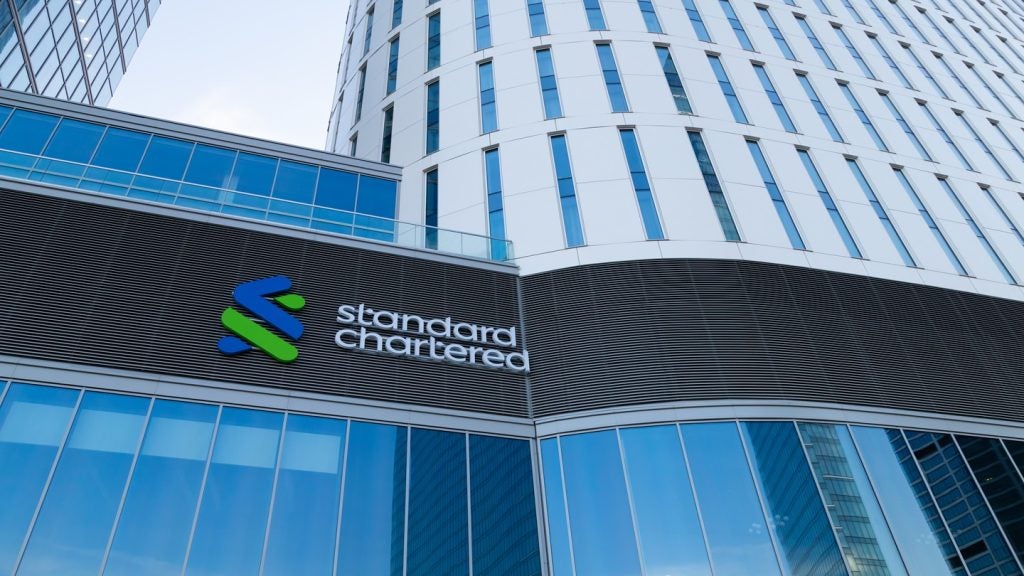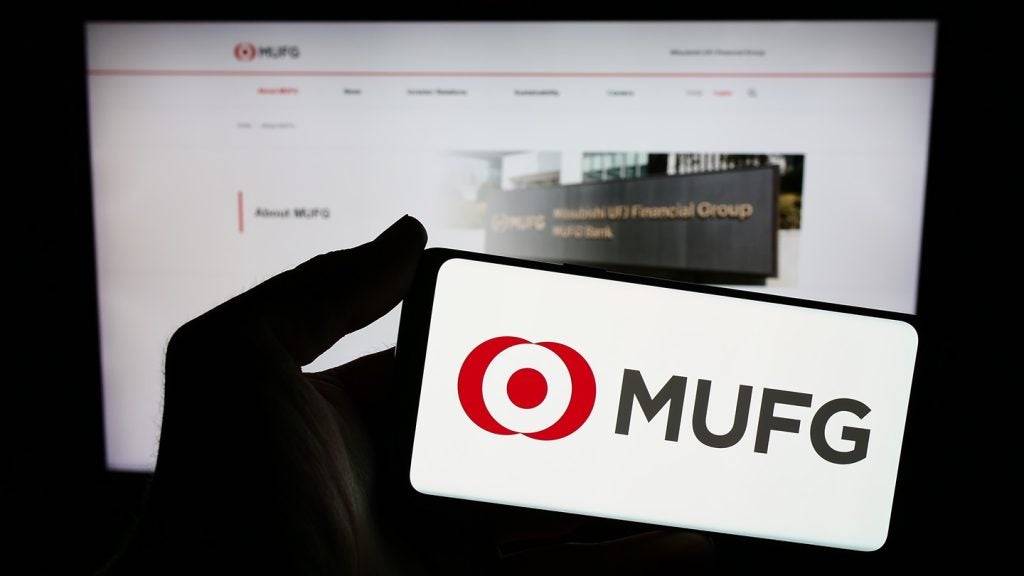fine-tuning asset allocations to accommodate both an equities boom
and the rise of alternative investments, 2007 somewhat inevitably
saw shifts in HNW investment strategies, with safer assets such as
cash and fixed income securities the beneficiaries.
Allocations to alternative investments dipped in 2007, accounting
for nine percent of HNWI assets compared with 10 percent in 2006.
The World Wealth Report noted that this reduction may have been
limited by the fact that some hedge funds – which accounted for 30
percent of alternative investments – froze client withdrawals in
the latter half of the year in reaction to market
difficulties.
Investors also retrenched geographically in 2007, with most
favouring the safe havens of domestic markets. For Latin America
and the Middle East, typically heavy investors in North American
markets, this has led to a scaling back of such interest by nine
and five percentage points respectively.
Globally, HNWI allocations to North America fell from 43 percent in
2006 to 42 percent in 2007, a trend that is expected to deepen. The
WWR believes that this allocation will fall to 39 percent by 2009,
adding that a renewed appetite for higher returns and rising
commodity prices will see North Africa and Latin America increase
their market share in this regard.
As the credit crisis worsened, the latter stages of 2007 were
defined by a highly cautious approach. Allocations to fixed-income
securities rose over the course of the year by six percentage
points, up to 27 percent, with allocations to cash/deposits rising
from 14 to 17 percent. Again, this is linked to a move away from US
investments, with the WWR noting that HNWIs “increasingly invested
in non-US dollar-denominated bonds”, given the continued weakening
of the American currency.
The flight to safer assets also diverged regionally, with Latin and
North American HNWIs opting for fixed-income securities, which made
up 39 percent and 29 percent of their 2007 portfolios respectively,
and Asian and European HNWIs putting increased emphasis on cash and
deposits, to the tune of 25 percent and 21 percent of their
portfolios.
How well do you really know your competitors?
Access the most comprehensive Company Profiles on the market, powered by GlobalData. Save hours of research. Gain competitive edge.

Thank you!
Your download email will arrive shortly
Not ready to buy yet? Download a free sample
We are confident about the unique quality of our Company Profiles. However, we want you to make the most beneficial decision for your business, so we offer a free sample that you can download by submitting the below form
By GlobalDataFinancial worries brought with them a significant shift out of real
estate, an unsurprising move given a slump that has deepened in
major markets such as the US and the UK in 2008. HNWIs pulled out
of “real estate investments earlier and more significantly than
expected”, leading to just 14 percent of the typical portfolio
being invested in real estate at the end of 2007 compared with 24
percent at the end of 2006.
Variations remain, however, with the Middle East remaining
committed to commercial real estate in particular, reflecting the
continued construction boom in areas such as Dubai as well as the
desire to allocate to domestic, high-performing assets.
“These investment vehicles are not readily accessible to overseas
investors, [but] local HNWIs are able to leverage their domestic
market knowledge to generate profitable returns on such
investments,” the report observed.
Green investments also became more prominent in 2007, not just in
response to growing environmental concerns but also due to a
growing sense that such interests can provide attractive returns.
For example, investment in clean technologies has produced
significant gains since 2004: gains in the wind segment rose by 300
percent in the three years to November 2007, with 150 percent
growth in the solar sector last year. Total investment in clean
technologies has risen by 41 percent since 2005, said the report,
and stood at $117 billion in 2007.
That sentiment corresponds with the findings of a study from
investment consultant Jewson Associates, noting that while some
investors believe that ethical investing carries with it the belief
in the necessity of a trade-off between conscience and strong
returns, its research found otherwise.
It is HNWIs who are forming the vanguard of this investment
movement, the WWR confirms, notably in terms of venture
capital.
“Given the greater freedom with which individuals, relative to
institutions, can allocate their assets, venture capital has flowed
largely from wealthy private clients as opposed to stringently
controlled institutional investors,” says the study.
The expansionary tendencies of the wealthy have also extended to
luxury goods, according to the report’s tracking of “passion
investments”.
The thirst for these goods is seen as “unquenchable” despite the
cost of a basket of luxury goods rising by 6.2 percent – more than
twice the rate of inflation – between 2006 and 2007, according to
the Forbes Cost of Living Extremely Well Index (CLEWI).
Regional variations show that art investments remain the principle
passions of Europeans and Latin Americans, accounting for 22
percent and 21 percent of their luxury investments, while
jewellery, gems and watches find favour in Asia-Pacific, making up
19 percent of such expenditure.
The luxury travel market is strongest in North America, accounting
for 17 percent of passion investments, while familiar wealth
trappings such as private jets, yachts and cars are the most
popular items for HNWIs in the Middle East.








